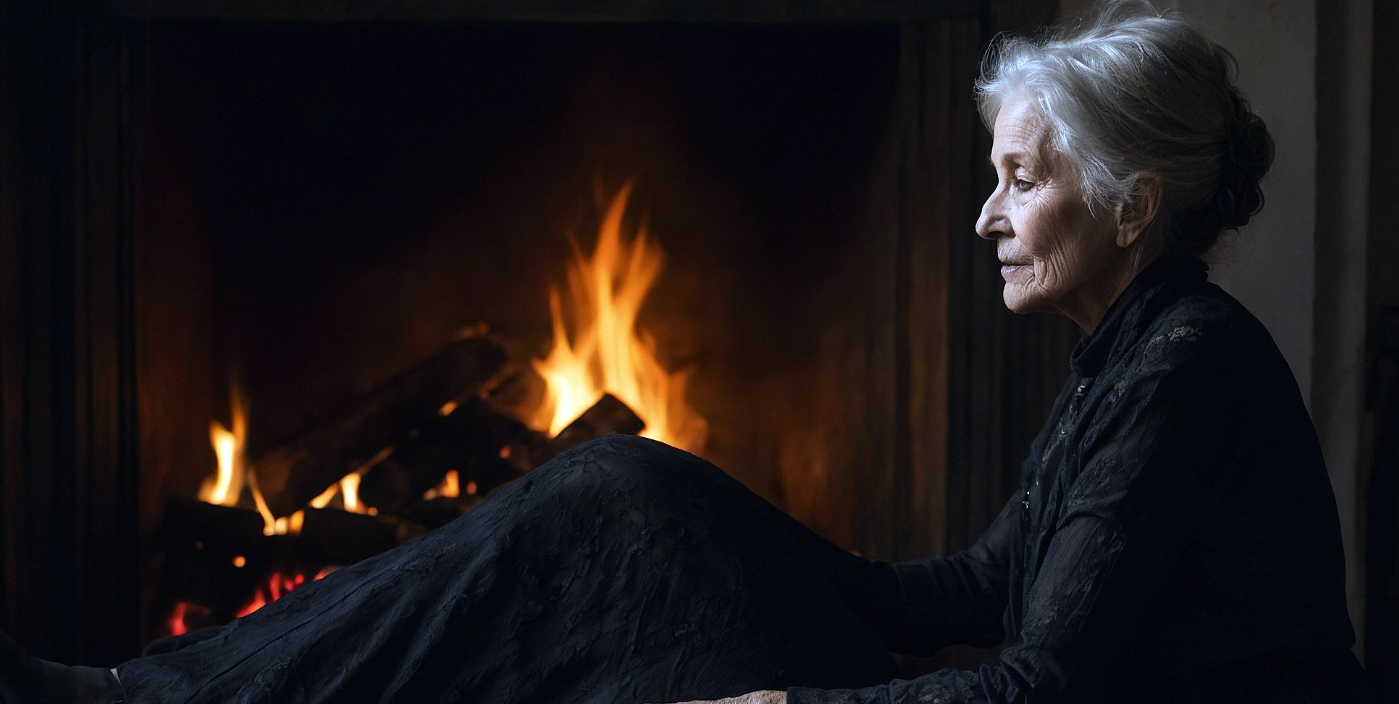Century-old Springfield murder remains unsolved
Friday morning, June 22, 1900, 17-year-old Joseph Ray Ott told his Springfield neighbors he found his 68-year-old aunt in a bloody pulp next to her sewing machine, according to The New Orleans Daily Picayune.
Joey said he stayed with his aunt, a wealthy widow in the logging business, that summer to help with chores around the home. He also had a job unloading barges on the river in Clio.
Clio stood 3 miles southwest of Killian and 3 miles east of Maurepas on the east bank of the Amite River.
In 1962, speaking to The Denham Springs News, Clio resident Winny Smiley described how the town looked in 1900. She said, “There were two sawmills near the river. Schooners used to come up the river to carry the lumber to New Orleans. Large wharves lined the river bank.”
Mrs. Coate’s nephew said he had been working near the docks that morning. However, dock workers questioned later could not confirm his presence on the piers that morning.
Joey’s neighbors told reporters from The Picayune that the troubled boy seemed confused and told his story in pieces they had trouble assembling.
He told the neighbors he came to the house for lunch and found the front door locked. Surprised, he went to the back door and discovered his aunt had not finished washing clothes or cleaning the dishes from breakfast that morning. Mrs. Joseph Coates had a reputation for keeping an immaculate home.
Something, Joey told his neighbors, did not add up.
Searching the home room by room, he found his aunt hunched over her sewing machine. Someone had bludgeoned her to death with a dog iron from the fireplace.
When Joey got to this part of the story, the neighbors bolted for the door, collecting others as they marched to Mrs. Coates’ home. They arrived with Joey, two interested women, and five armed men.
After confirming Joey’s aunt was indeed dead in what The Picayune called “an atrocious murder in a section of the state where women had been victims of several brutal murders,” all five set out to find the murderer.
According to The Picayune, the mob first went to the docks, “having at once assumed the negroes working there had been the assassins.” However, the foreman provided an alibi, ensuring the mob no one had left the job site all day. The only man who had not reported to work was a disabled man named Frank Gilmore.
The mob knew Frank Gilmore well.
As The Louisiana Populist reported five years earlier:
“Frank Gilmore was shot and thought mortally wounded the other day near his Clio home in Livingston Parish. He stated that Henry Stroeder and his two sons shot him. Gilmore is the man who, about a year ago, shot and buried Edmond Rabe, thinking him dead. However, Ed Rabe lived to fight another day. Rabe now lives in Charity Hospital, having been shot in Springfield three weeks ago by Charles Facundus.”
Hearing Gilmore’s name, the mob marched to his home and arrested him for the murder of Mrs. Joseph Coates.
When Frank Gilmore arrived at the coroner’s inquest just before eight that evening, his face appeared wounded. Blood dripped from his forehead, and he walked “more crippled than usual,” the newspaper said.
Inside the room where Mrs. Coates died, Gilmore sat with his hands and feet tied, ready to confess to the murder. He told Coroner J. B. Odom that Mrs. Coates invited him into her home that morning to discuss a fence she needed him to build.
After they made plans for him to do the work, she went to the kitchen for coffee. While she made coffee, he told the coroner, he thought of how much money she had in the house and decided to rob her.
When she returned from the kitchen, Gilmore said, he hit the woman over the head with a block of wood from the fireplace.
Coroner Odom told inquest participants that Mrs. Coates did not die carrying a coffee tray as Gilmore described. She had been seated at her sewing machine with her arms covering her head when her assailant beat her with a dog iron and poker from the fireplace. Odom presented the poker to the participants and pointed out the blood-soaked hair still matted to the iron.
Hearing this, Gilmore apologized, saying his memory gave him problems. Events actually happened, he said, precisely as the coroner described.
Mrs. Coates’ daughter, the wife of New Orleans investor J. D. Ott, testified that her mother kept large sums of money in the home. Gilmore agreed that robbery was the motive for his attack, but searching the house, he said, he found nothing of value.
After two hours, Coroner Odom adjourned the inquest, and the five armed men volunteered to escort Frank Gilmore to the jail in Springfield to await trial. They had been gone a half hour when gunshots rang out in the woods.
All five men returned to describe how an angry mob of hooded men attacked them in the darkness. Their attackers, they said, took their prisoner from them, and they were unable to stop them.
When the Livingston Parish sheriff arrived the following day, he found Frank Gilmore’s lifeless body hanging from a Beech tree riddled with bullet holes.
The murder of Mrs. Joseph Coates remains unsolved.


sue February 24, 2024 (4:30 am)
Sounds like 2 unsolved murders Frank Gilmore and Mrs. Coates.
HL Arledge March 8, 2024 (9:11 am)
So true!